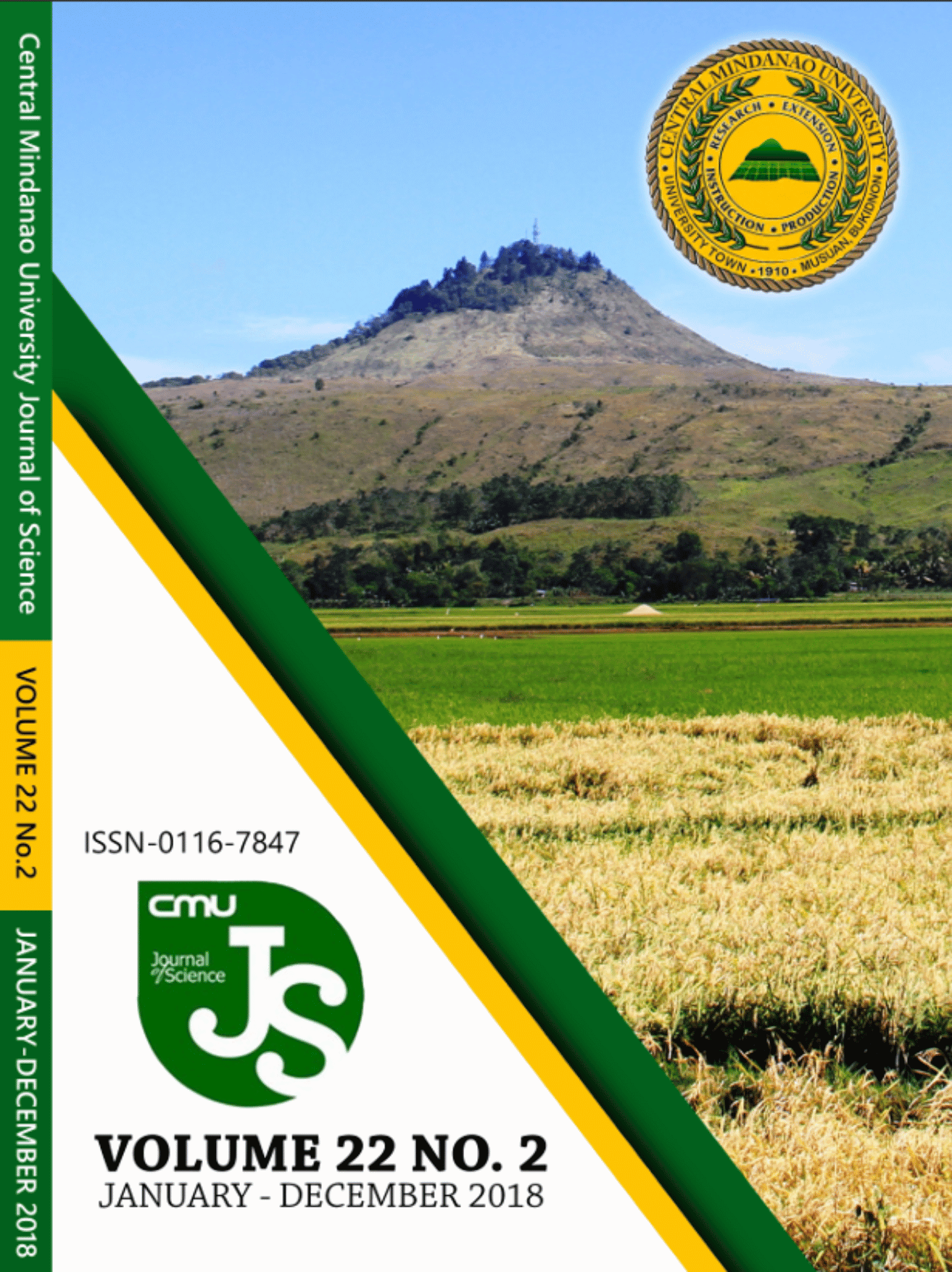Phytochemical and Antioxidant Activity Variation of Processed Edible Ferns
DOI:
https://doi.org/10.52751/qzh66309Keywords:
edible ferns, phenolics, flavonoids, antioxidant activityAbstract
The main and interaction effects on the total phenolic content (TPC), total flavonoid content (TFC) and 1,1-diphenyl-2-picrylhydrazyl (DPPH) radical seavenging activity of two edible ferns in various food processing methods were investigated. Factors include fern species (Diplazium eculentum and Stenochlaena palustris), and type of processing methods at various levels (blanching at 80?C for 1, 2 and 3 minutes, boiling at 4, 5 and 6 minutes; freezing at 1, 2 and 3 weeks; microwave at 30, 60 and 90 seconds; oven dry at 70?C for 1, 3 and 5 hours; steaming at 8, 9 and 10 minutes; vacuum packaging at 1, 2 and 3 weeks and fresh as control) were studied. Main effects were based on fern species, process and levels while, interaction effects comprise the combinations of the main effects. Results revealed that the main and interaction effects to all parameters used were significantly different. D. esculentum has a higher TPC and TFC than S. palustris. However, S. palustris attained higher DPPH radical scavenging activity than D. esculentum. Among the processing methods, oven drying attained high TPC and TFC while steaming increased the DPPH radical scavenging activity. Both of these processes were best at low levels.
Downloads













 LinkedIn
LinkedIn